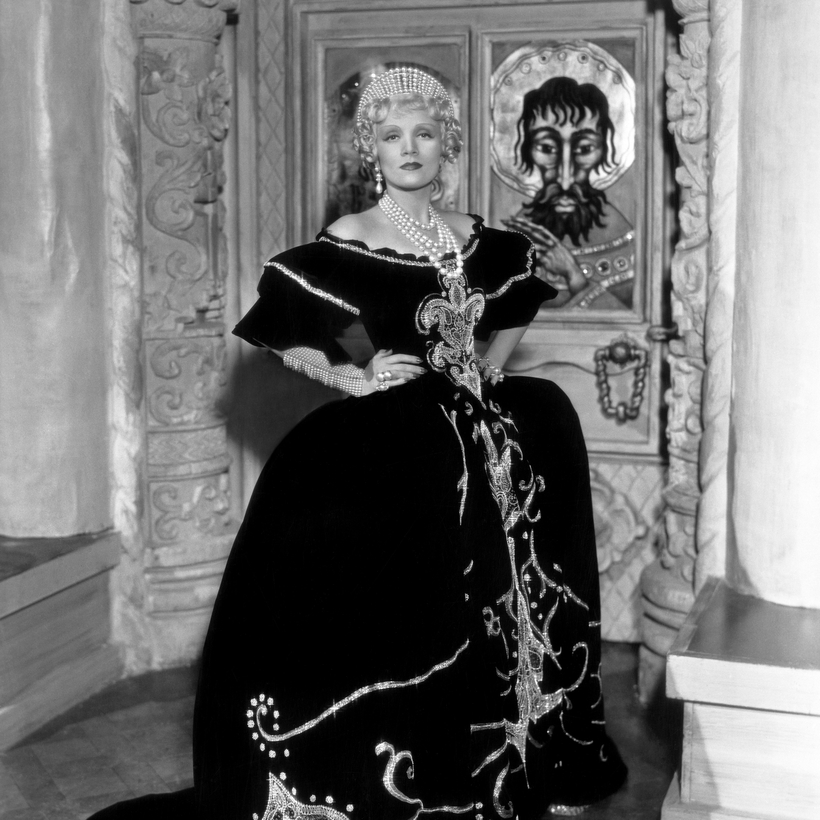When, in 1736, a seven-year-old German princess called Sophie Friederike Auguste was found to be suffering from curvature of the spine, her parents called in the local hangman for advice. The man, more used to causing than repairing dislocation, prescribed an unconventional remedy: Sophie’s back should be vigorously rubbed each morning with the saliva of a neighboring servant girl. Beneath her clothes, she should wear a corset, and her arm and shoulder should be wrapped with black ribbon.
With medical advice like this, it was no wonder that Sophie, who would grow up to become Catherine the Great of Russia, was deeply suspicious of doctors.
Taken by her ambitious mother to Moscow aged 14 for betrothal to her second cousin Peter, heir to the Russian throne, she succumbed to pleurisy and was bled 16 times in less than a month, sometimes four times in a single day. Later, botched treatment for a miscarriage again left her fighting for her life, while an operation to remove a tooth extracted with it a small section of her jaw.
Though as empress she did her best to avoid the need for medical intervention with a self-imposed regimen of abstemious eating, vigorous horseback riding, and healthy walks, Catherine did encounter one physician who, undeniably, protected her life. Their extraordinary meeting, and lifelong friendship, is the subject of my new book, The Empress and the English Doctor.
Thomas Dimsdale, born in Essex, not far from London, was a Quaker doctor whose grandparents, early settlers in West Jersey, had known William Penn.
Catherine the Great was bled 16 times in less than a month, sometimes four times in a single day, to combat pleurisy.
Over a long career, Dimsdale became an expert in smallpox inoculation, the practice—borrowed from Turkey—of deliberately giving a healthy individual a mild dose of the killer disease through a skin pinprick in order to confer lifelong immunity. In 1767, he published a treatise explaining his highly reliable method of inoculation (the forerunner of vaccination), bringing him to the attention of the empress of Russia.
In the 18th century, smallpox—dubbed “the speckled monster”—washed across Europe in devastating waves, killing around one in five sufferers and leaving survivors disfigured and often blinded. Catherine and her son Paul, unusually, had both escaped its clutches, but in 1768 fled in dread to the countryside as the scourge reached the Winter Palace in St. Petersburg.
Summoned 1,700 miles east to the Russian capital on a secret mission to inoculate both the empress and her heir, Dimsdale found his royal patient not only charismatic and supremely well informed but positively eager to roll up her sleeve and get on with it.
Carefully conducted, the procedure was by now very safe—Dimsdale reported inoculating 6,000 patients with only one death. Nevertheless, it involved acceptance of a small up-front risk in exchange for long-term security, and few patients were entirely sanguine. Catherine was different. Given the extreme risks of natural smallpox, all the data pointed in favor of inoculation, she calmly told her anxious English doctor. Creeping up a back staircase of the Winter Palace, he duly pierced her skin with a lancet and dabbed live virus inside.
The events of the empress’s inoculation are thrilling in themselves: Dimsdale’s own diaries testify to his failed medical trials in Russia, deep local superstition, and the heart-in-mouth days as he monitored Catherine’s recovery.
But the episode, still little known, is also important as part of the wider story of the empress and her body. After years of enduring unfounded or brutal medical practices that she survived rather than benefited from, she took control of her own health, actively choosing a still-contested preventative procedure because she believed in the evidence that it worked. In Thomas Dimsdale, an earnest and rather diffident man not given to flattery, she found a doctor she trusted deeply and welcomed into her inner circle as a lifelong friend. When he hesitated, terrified of the risks of her inoculation going wrong, she urged him on, telling him: “My life is my own.”
Dimsdale’s medical notes track the unpleasant side effects of inoculation—and the purges seen as an essential part of the treatment—on Catherine’s body: the fevers, pustules, and dizziness she compared with drunkenness. Halfway through her recuperation, she had her period: an extra physical demand that at least meant a pause in the purging.
She survived it all, and then, once Paul had also safely recovered, used her own example to promote inoculation across her empire and beyond. Her physical vulnerability to a dreaded disease became, in her hands, a political story of conquest and of enlightened insight. “You have been inoculated with less fuss than a nun taking an enema,” wrote her correspondent Voltaire when she boasted of her swift recovery.
Why does this story matter? Well, as a Google search instantly demonstrates, Catherine the Great is widely known for a lie about her body, a scurrilous smear about bestiality still, well, trotted out over two centuries after her death. Even serious accounts of her reign obsess over her lovers (all—shock!—12 of them). And we are not so far from the 19th century, when her biography was regarded as unsuitable reading for ladies.
Lies and fixations about sex should be replaced with a far more interesting truth: the empress of Russia, uniquely among rulers, used her woman’s body as a medical test bed in a bid to save the lives of her people.

Lucy Ward’s The Empress and the English Doctor: How Catherine the Great Defied a Deadly Virus will be published on June 7 by Oneworld

